Feature Article INVESTING IN VIETNAM 1

As it continues to grow and pursues the goals of becoming a developed country by 2045 and achieving carbon neutrality by 2050, Vietnam is ASEAN’s most promising country.

Vietnam is enjoying an investment boom with an increase in FDI (Foreign Direct Investment) following the start of the Doi Moi (open market) policy in 1986 and membership of the WTO from 2007.

Amid changes in Japanese corporate investment, along with JBIC’s support, Japan and Vietnam this year celebrate the 50th anniversary of the establishment of diplomatic relations.
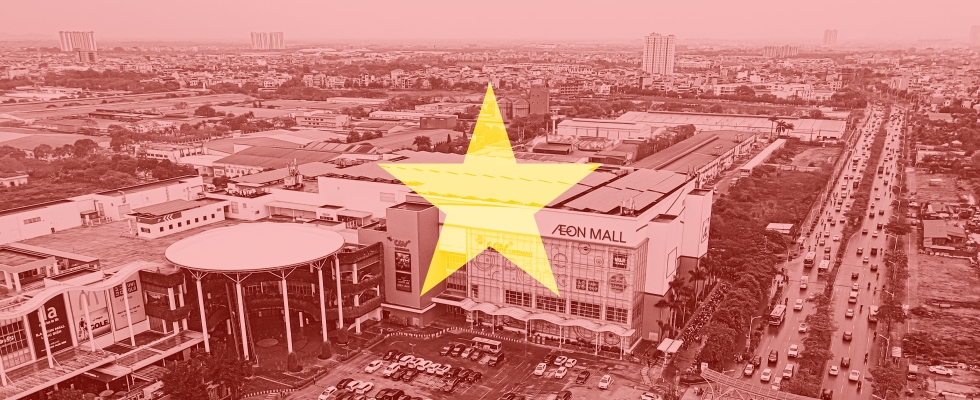
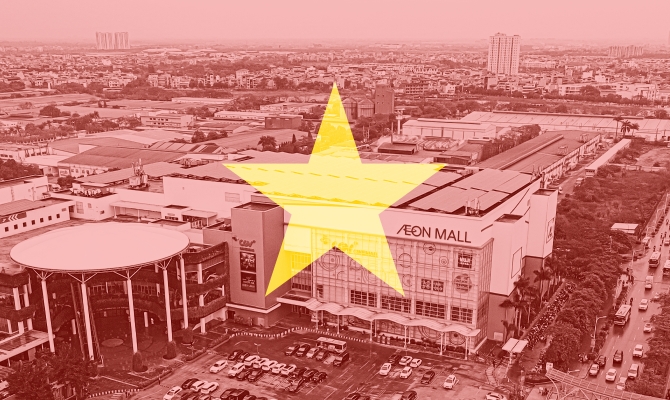
With 8% economic growth and expanding domestic consumption, Vietnam is no longer a “cheap manufacturing base”
Stretching 1650 kilometers from north to south, Vietnam is home to about 100 million people, 35% of whom live in urban areas, including the capital Hanoi, and Ho Chi Minh City, the largest city. “Construction work is going on everywhere in Hanoi, and you can tangibly sense that the country is in the midst of economic development,” says KAMITSUJI Haruna of the JBIC Hanoi office, who assumed her post six months ago.
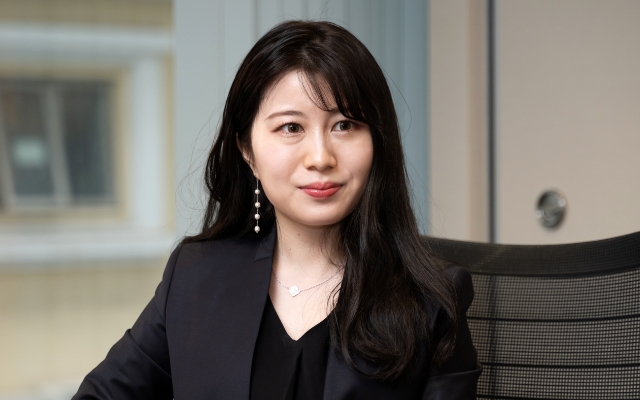
Representative / JBIC Representative Office in Hanoi
KAMITSUJI Haruna Joined JBIC in 2018. Assumed her current position after
assignments to the Treasury Department and New Energy and
Power Finance Department I (in charge of offshore wind power
and solar power project financing, nuclear power projects,
etc.) Underwent overseas training in Singapore. Graduated
from Osaka University, School of Human Sciences.
Many people may have an image of a city full of motorcycles, but car ownership is also on the rise. According to IKENAGA Azusa, who works with KAMITSUJI at the representative office, “On Saturdays and Sundays, the Aeon Mall is crowded with locals, and its parking lot is packed with Japanese and Korean cars, as well as cars made by the local private conglomerate Vingroup.” She explains that the Aeon Mall contains stores such as UNIQLO and MUJI, with the selection of goods comparable to that found in Japan, and some items even priced higher.
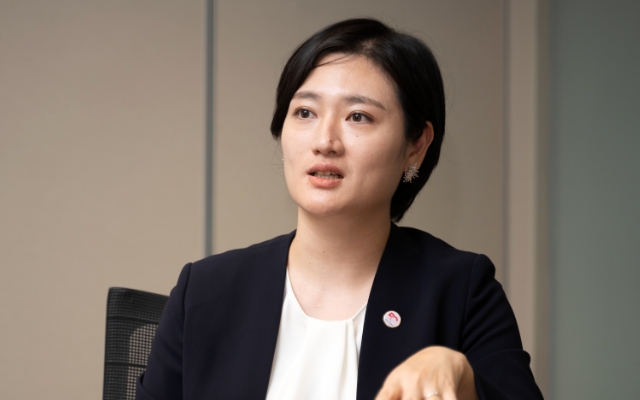
Representative / JBIC Representative Office in Hanoi
IKENAGA Azusa Joined JBIC in 2010. Assumed her current position after
assignments including the Americas Finance Department, the
Country Credit Department (including sovereign credit of
Turkey and Central and Eastern European countries), and the
Strategic Research Department. She travels to various parts
of Vietnam to support Japanese companies, engage in policy
dialogue, and conduct research. Graduated from Kyoto
University, Faculty of Law.
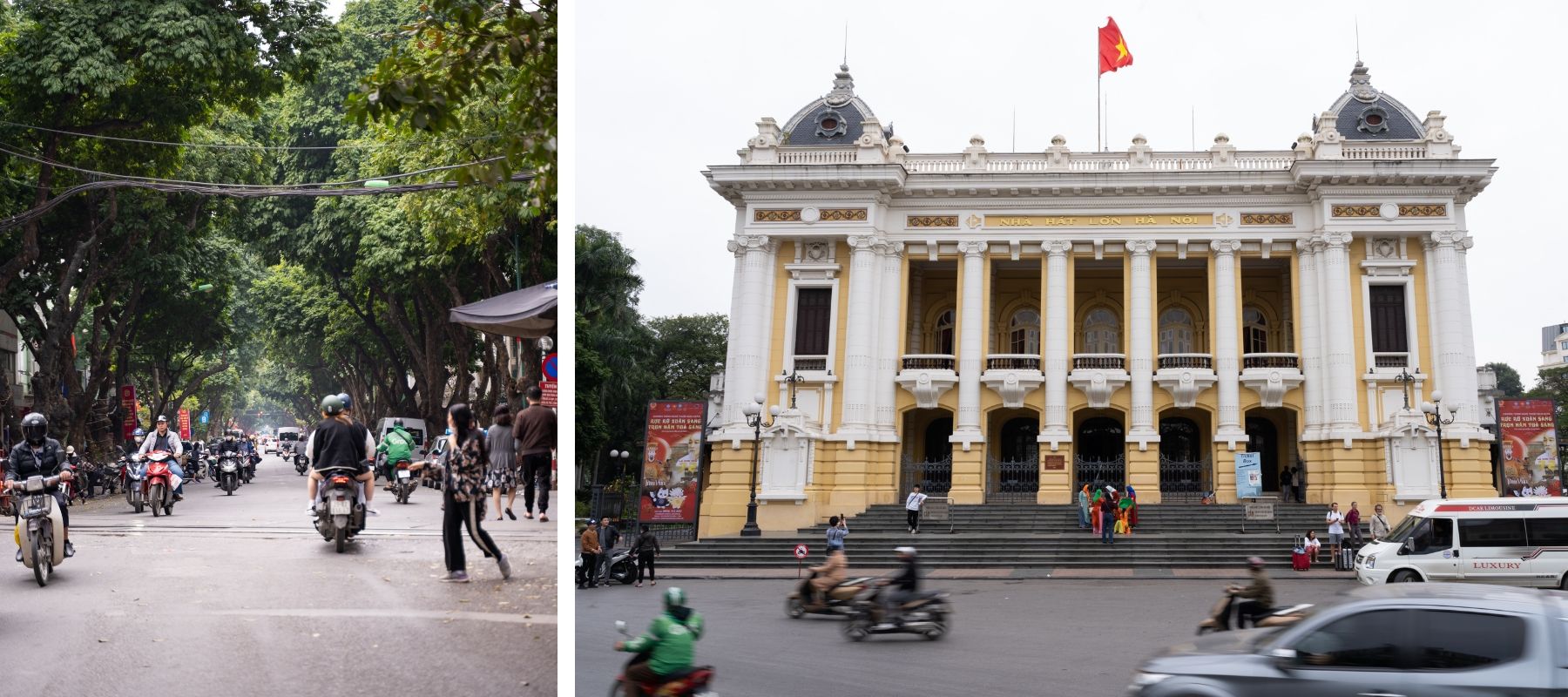
Motorbikes are still the main mode of transportation for the residents of Hanoi, but automobiles are increasing (left). Completed in 1911, the Hanoi Opera House boasts a history of over 100 years. In the developing city of Hanoi, it is one of the remaining structures conveying the charm of old Vietnam (right).
“While the gap between rich and poor still exists, the economy
is strong with rising income levels. Last year, the economy
grew by 8 percent, the highest among the ASEAN countries.
People believe that tomorrow will be better than today, and
they are passionate about investing in education for their
children,” says IKENAGA.
In terms of the perspective from Japan, there may still be a
deep-rooted image of Vietnam as one of ASEAN’s manufacturing
hubs that wields inexpensive labor to its advantage. However,
such preconceptions need to be drastically updated—Vietnam is
changing in a big way.
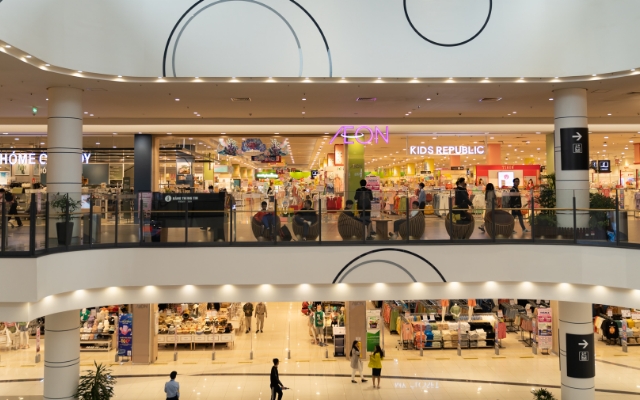
Hanoi's Aeon Mall Long Bien, built almost exactly like stores in Japan, is bustling with Vietnamese customers.
Ambitious aim of becoming a developed country and carbon neutral. FDI is increasing, and attention is rising
Under Prime Minister Pham Minh Chinh, who took office in April
2021, Vietnam is pushing economic reforms with the aim of
becoming a developed country by 2045, the 100th anniversary of
the nation’s establishment.And at the 26th Conference of the
Parties to the United Nations Framework Convention on Climate
Change (COP26) in November 2021, Vietnam announced its goal of
achieving net zero greenhouse gas emissions (carbon
neutrality) by 2050.
Pursuing both rapid growth and carbon neutrality would appear
to be ambitious goals for a middle-income country like
Vietnam.
According to AGUIN Toru, chief representative of the JBIC
Hanoi office, “To become a developed country by 2045, Vietnam
will need to keep its annual economic growth rate around 6
percent or more. Despite this difficult situation, the
government of Vietnam has shown commitment to achieving carbon
neutrality. This is precisely why momentum is growing in the
international community to support Vietnam’s efforts to avoid
the ‘middle-income trap’ (failing to reach the level of
high-income countries due to slow growth), and foreign
investors are also seeking new opportunities.”
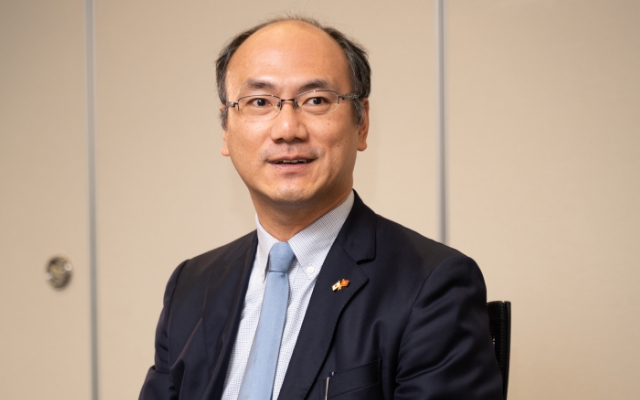
Chief Representative / JBIC Representative Office in
Hanoi
AGUIN Toru Joined the bank in 1999. Assumed his current position in
2019 after assignments including the Asia and Oceania
Finance Department, West Japan Office, and Corporate
Planning Department. Graduated from the University of Tokyo,
Faculty of Law. Received his masters from the University of
Manchester, and MBA from Kobe University. He has given
numerous lectures on energy policy and investment trends.
Looking back on the evolution of foreign investment in
Vietnam, three major turning points can be seen: the start of
Doi Moi (market opening policy) in 1986, the lifting of U.S.
economic sanctions against Vietnam in 1994, and Vietnam’s
accession to the WTO (World Trade Organization) in 2007.
Moreover, due to expansion of Vietnam’s economic partnership
agreements and its growing geopolitical importance, the
country is now also benefiting from the realignment of
regional supply chains including relocation of manufacturing
plants. Spurred on by such circumstances, it could be said
that a “fourth investment boom” in Vietnam is underway.
Amid such a transition, while focus had initially centered on
ODA (Official Development Assistance), there was a rapid
increase in FDI after Vietnam joined the WTO. In 2008, the
cumulative amount of approved FDI exceeded USD100 billion, and
in the following decade it surged to nearly USD350 billion.
The range of industries entering the country has expanded from
manufacturing companies to service sector industries, and from
large enterprises to smaller enterprises.
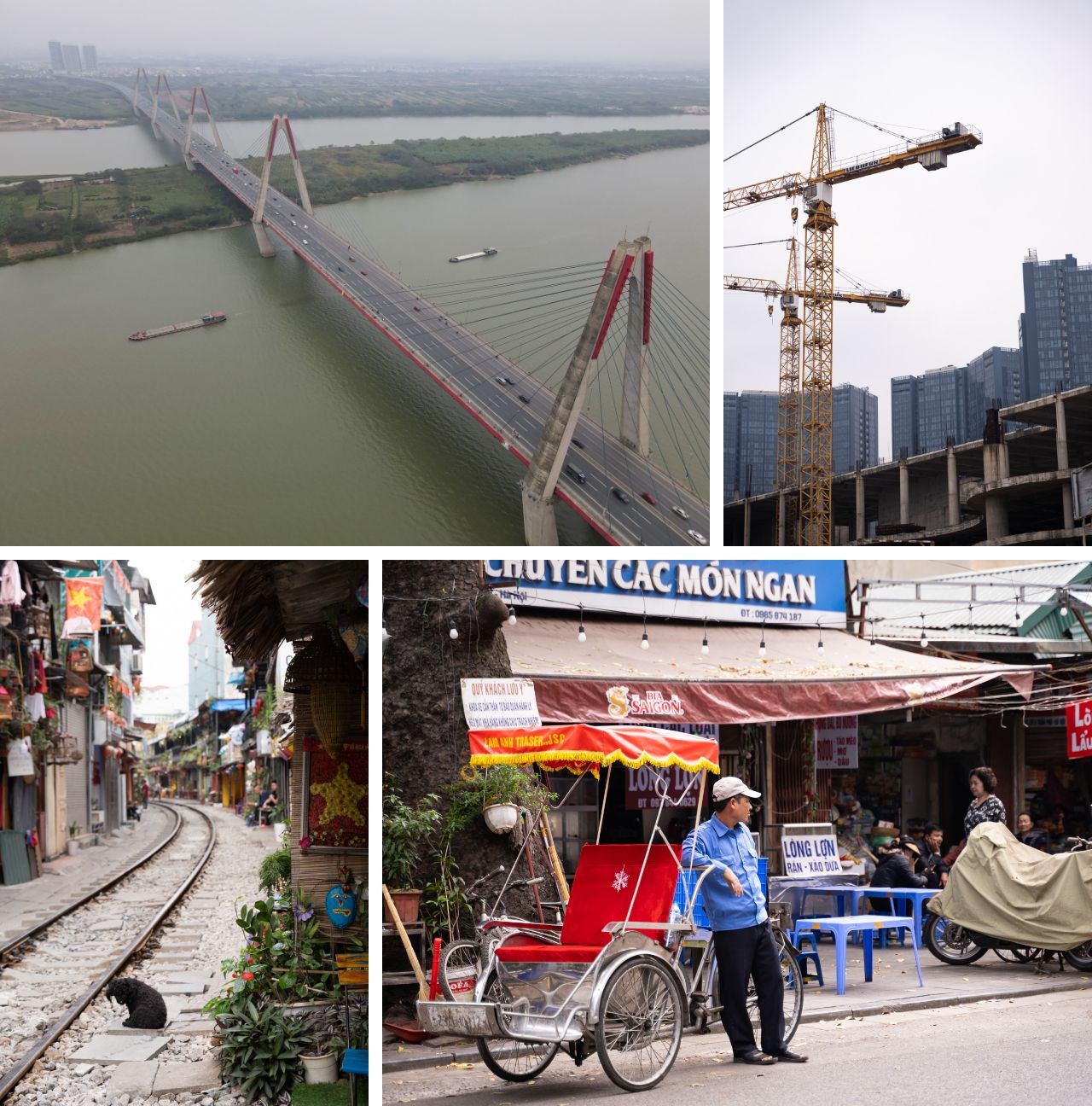
Growth and tradition coexist in Hanoi. Construction work is underway throughout the city, and the Nhat Tan Bridge (top left, opened in 2015), which was financed by Japanese ODA, is contributing to the lives of the residents. There are also sights that have not changed, such as the train street where shops and houses line both sides of a railway track.
“Medium to long term relations” desired by 97% of Japanese companies. Industries are also changing, including the entry of retail
Japanese economic cooperation with Vietnam began in earnest
when it resumed ODA in 1992, ahead of other nations. Then in
1993, JBIC assisted Vietnam’s return to international
financial markets. At the time,Vietnam’s debt arrears to the
World Bank and Asian Development Bank were ballooning. Since
new funds could not be brought in until these were repaid,
JBIC provided a USD22.5 million bridge loan prior to the
lifting of U.S. sanctions.
The 2010s saw a significant increase in FDI by Japanese
companies. “Japan ranks top in ODA to Vietnam, but it also
ranks third in cumulative FDI,” notes KAMITSUJI.
According to an overseas business development survey conducted
by JBIC on Japanese manufacturers (released in December 2022),
Vietnam ranked fourth after India, China, and the U.S. as a
promising destination for medium-term business development
(first among ASEAN countries for three consecutive years). In
a special 2021 survey of Japanese companies in Vietnam
conducted by the JBIC Hanoi office, of the 195 companies that
responded, 97 percent replied that they would like to expand
their investment in Vietnam in the medium to long term,
indicating high expectations. Although labor costs in Vietnam
have begun to rise in parallel with economic growth, no trend
was seen for “moving to cheaper countries” because of this.
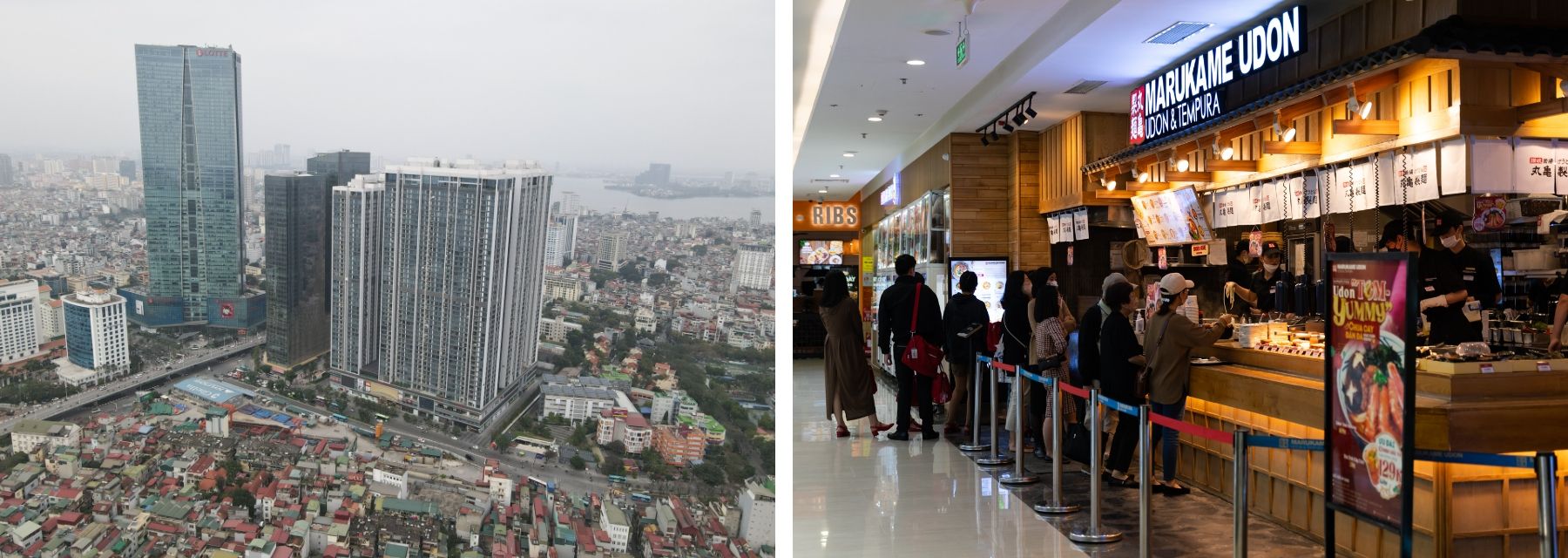
In the center right of the photo is the Vincom Center Metropolis, a large shopping mall (upper floors are high-end residences) operated by the local conglomerate, Vingroup. Around it, the old cityscape with its low-rises still remains, as if symbolizing the uneven development of Hanoi (left). Hanoi’s Vincom Center Metropolis has many Japanese restaurants that enjoy popularity (right).
According to AGUIN, “We see many Vietnamese people who are
hard-working and skillful. The country’s education level is
high, and people are quick to master a range of things.” It
must also not be forgotten that bilateral relations are
deepening with a flow of human resources from Vietnam to
Japan. And above all, Vietnam’s domestic market is expanding
as its economy grows.
Due in part to these changes, Japan’s FDI in Vietnam, which
used to be dominated by manufacturing and
infrastructure-related investment, has also been diversifying
in recent years. Looking at the number of newly approved
investments, about 30 percent of the total in 2021 was in the
retail industry. Consulting and IT, which provide side support
for this industry, were also high on the list.
Meanwhile, in manufacturing industry investment as well, the
strategy of “Vietnam plus one” is spreading, in which
investments previously concentrated in China are being shifted
to Vietnam, and production bases, which tended to be located
around Hanoi or Ho Chi Minh City, are starting to spread to
other regions in Vietnam.
Expectations on the decarbonization sector. JBIC focuses on policy dialogue as well
As of the end of January 2023, JBIC has provided financial
assistance to Vietnam for 315 projects, amounting to JPY848.1
billion. One of the pillars of this assistance is enhancing
the resilience of the above-mentioned manufacturing industry’s
supply chain, but another area of focus is the energy
business. JBIC has financed projects that account for 13
percent of Vietnam’s total power generation capacity.
Now, with the Vietnamese government’s announcement of its
commitment to carbon neutrality, there will be an increasing
number of areas in which Japan can cooperate, such as
renewable energy, expansion of the power grid, and
zero-emission thermal power generation.


As of the end of January 2023, JBIC has supported a cumulative total of 315 projects worth JPY848.1 billion in Vietnam, including areas such as building the resilience of Japanese companies’ supply chains and spreading the use of renewable energy. Going forward, JBIC will further strengthen support for decarbonization initiatives.
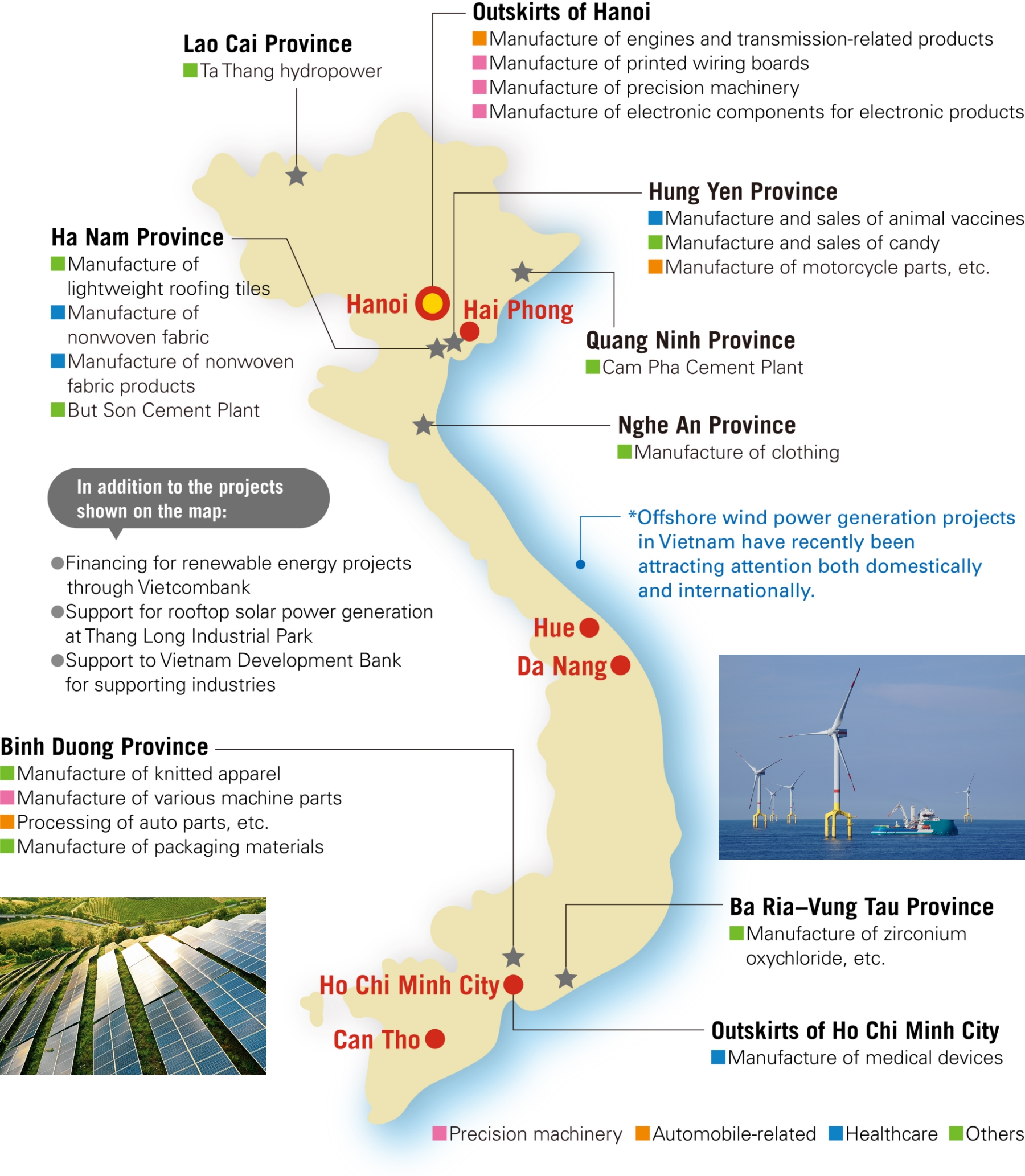
Disclaimer: The map is for illustrative purposes only and does not indicate the view of JBIC on the legal status, borders or demarcation of any country or territory, or the geographic names.
Against this backdrop, JBIC engages in policy dialogue and
individual project support while also utilizing the framework
of its newly established Australia-Japan-United States
Trilateral Infrastructure Partnership. The JBIC Hanoi office,
which is in charge of local operations, thus has a wide range
of duties to perform. The way Vietnam’s legal system operates
on the ground can be sometimes unclear to overseas companies,
and difficulties also arise when obtaining FDI approval and
other permits. The JBIC Hanoi office supports companies
expanding into Vietnam in these matters. It also focuses on
policy dialogue with the Vietnamese government and agencies to
recommend further institutional improvements.
One such effort is the “Vietnam-Japan Joint Initiative,” a
framework for public-private dialogue that was launched in
2003 for both countries to work on improvement of the
investment environment. The JBIC Hanoi office has been serving
as the leader of the initiative’s working team in the energy
sector, and works actively in organizing meetings and making
proposals to the Prime Minister of Vietnam and relevant
ministry officials.
“It is difficult for each company to act individually, by
making requests to the authorities that have the power to make
approvals for that company’s business. Therefore, we think
that it is important for a governmental organization such as
JBIC to successfully summarize and represent the views of
Japanese companies as a whole, and to demonstrate Japan’s
presence,” says AGUIN.
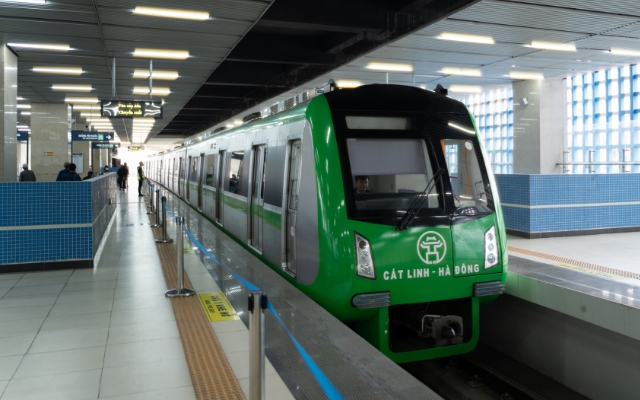
In 2021, Vietnam’s first urban railway began operations in Hanoi. Anticipations are held that traffic conditions will improve. (Cat Linh Station)
Prime Minister KISHIDA Fumio, who places great importance on
Japan-Vietnam relations, has met with Prime Minister Chinh
three times so far. At their meeting in May 2022, Prime
Minister Chinh presented Prime Minister KISHIDA with a
calligraphic scroll inscribed with the words “Sincerity,
Friendship, Trust” in Japanese and Vietnamese. The two
countries, which are hailed to now have “the best relationship
in history,” celebrate the 50th anniversary of the
establishment of diplomatic relations this year.
AGUIN, IKENAGA, and KAMITSUJI, who are very familiar with the
situation on the ground, feel that the relationship between
the two countries is no longer that of a donor and a
recipient. KAMITSUJI notes that there are also many excellent
Vietnamese IT engineers, “I feel we can learn from Vietnam in
areas where they are more advanced than Japan, such as the
penetration of online payment systems.”
The future of Japan-Vietnam relations is “future-oriented” and
“co-creative.” The two countries are about to begin the next
50 years of their complementary relationship.
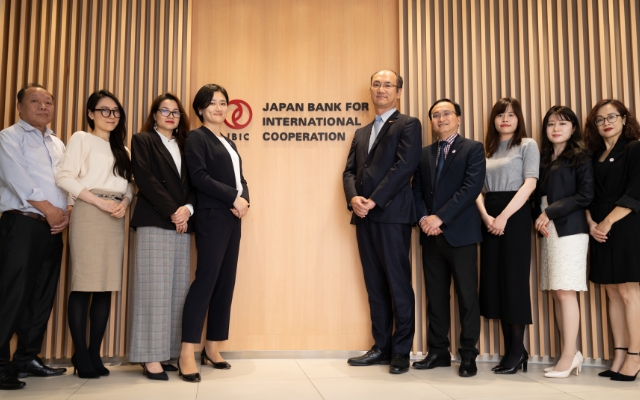
The representatives and staff of JBIC Representative Office in Hanoi. Their duties are diverse, from individual project support to research and policy dialogue.







